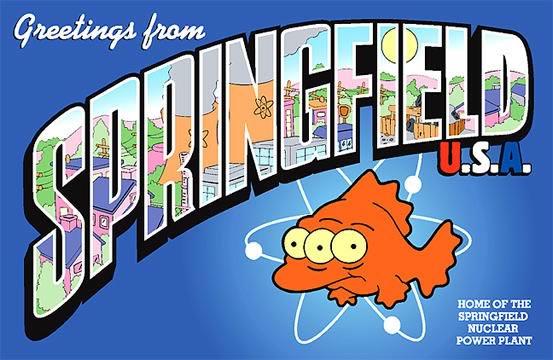- Aug 16, 2011
- 128,154
- 24,185
- 2,180
Japan begins releasing Fukushima wastewater into Pacific ocean"
"Monitors from the UN atomic watchdog, which has endorsed the plan, were due to be on site for the procedure, while Tepco workers were scheduled to take water samples later on Thursday.
The discharge, which is expected to take 30 to 40 years, has caused anger in neighboring countries and concern among fishers that it will destroy their industry as consumers steer clear of seafood caught in and around Fukushima."
Easily predicted reactions from China and Korea. Sort of reminds me of the oil spill in the Gulf of Mexico when everyone "guaranteed" that no seafood would be safe from the gulf for a hundred years. Within months shrimp from the gulf was back on the menu.
"Monitors from the UN atomic watchdog, which has endorsed the plan, were due to be on site for the procedure, while Tepco workers were scheduled to take water samples later on Thursday.
The discharge, which is expected to take 30 to 40 years, has caused anger in neighboring countries and concern among fishers that it will destroy their industry as consumers steer clear of seafood caught in and around Fukushima."
Easily predicted reactions from China and Korea. Sort of reminds me of the oil spill in the Gulf of Mexico when everyone "guaranteed" that no seafood would be safe from the gulf for a hundred years. Within months shrimp from the gulf was back on the menu.



